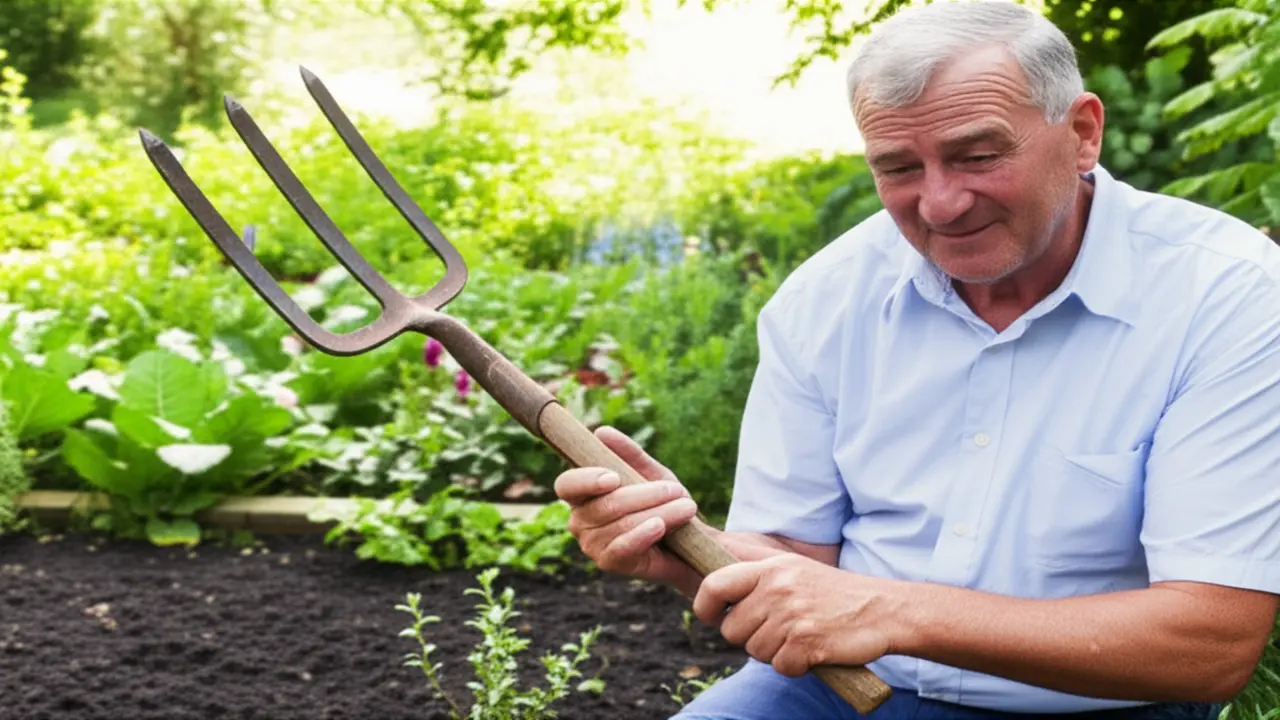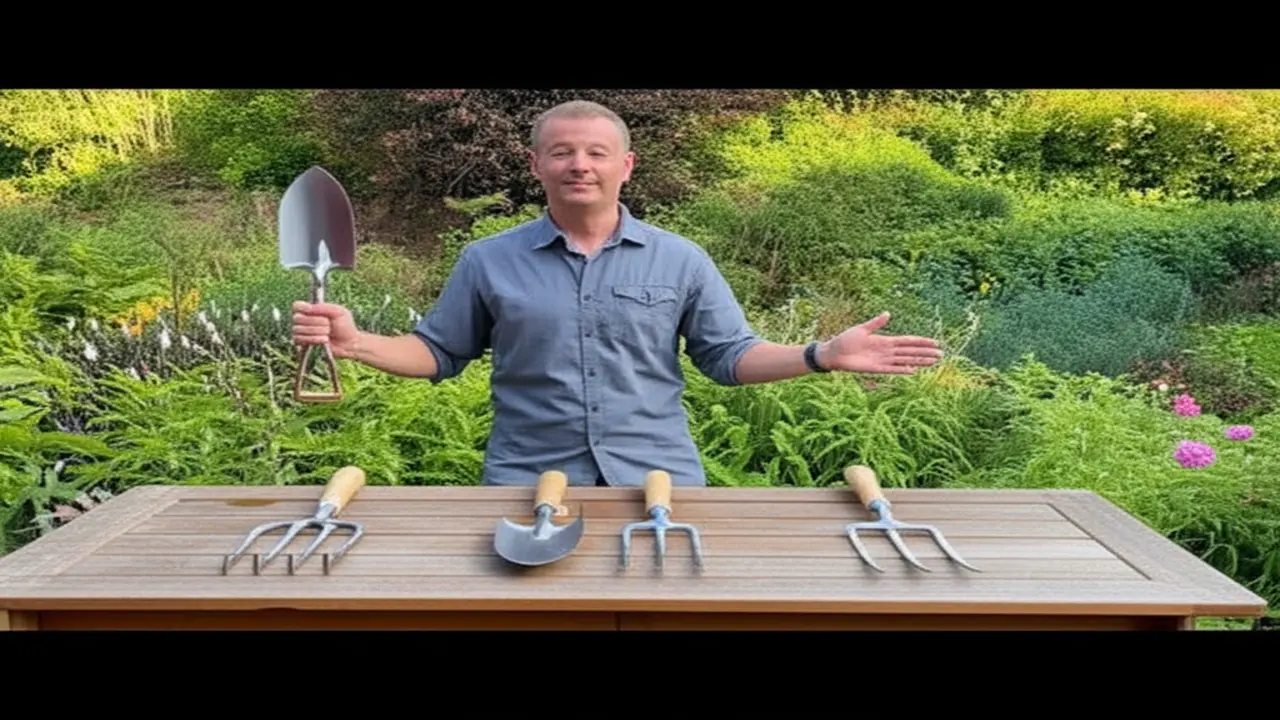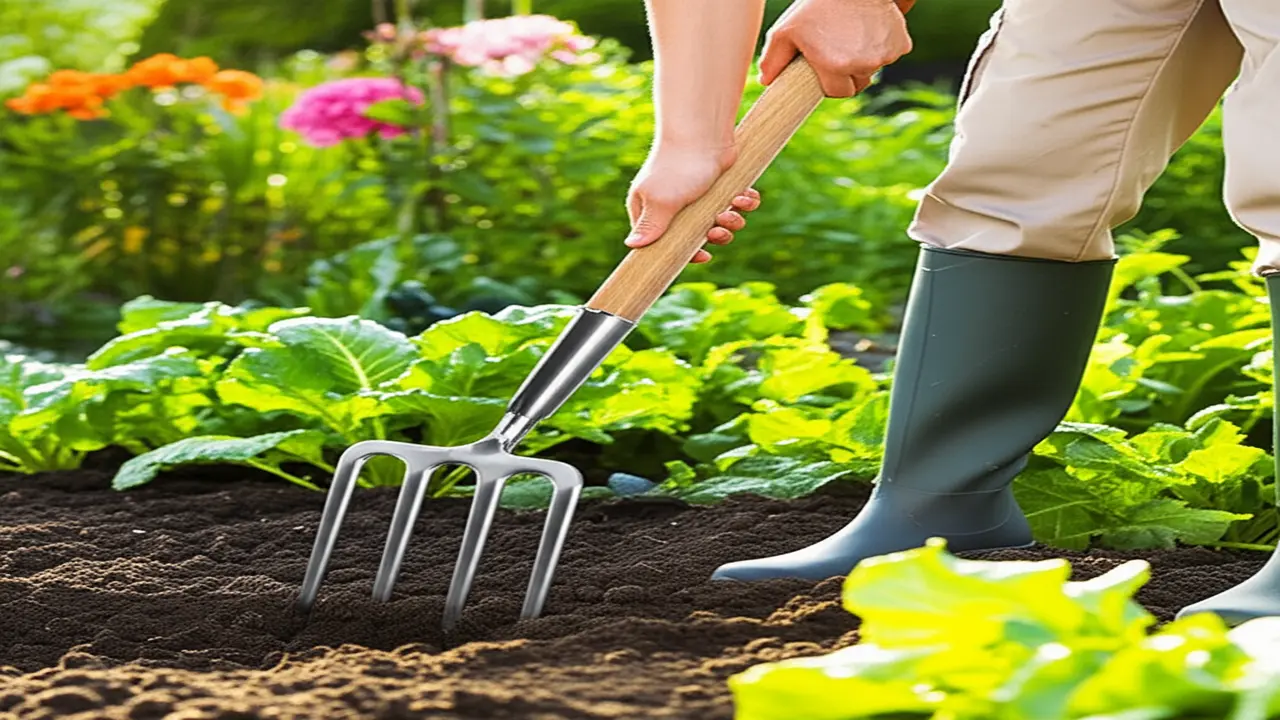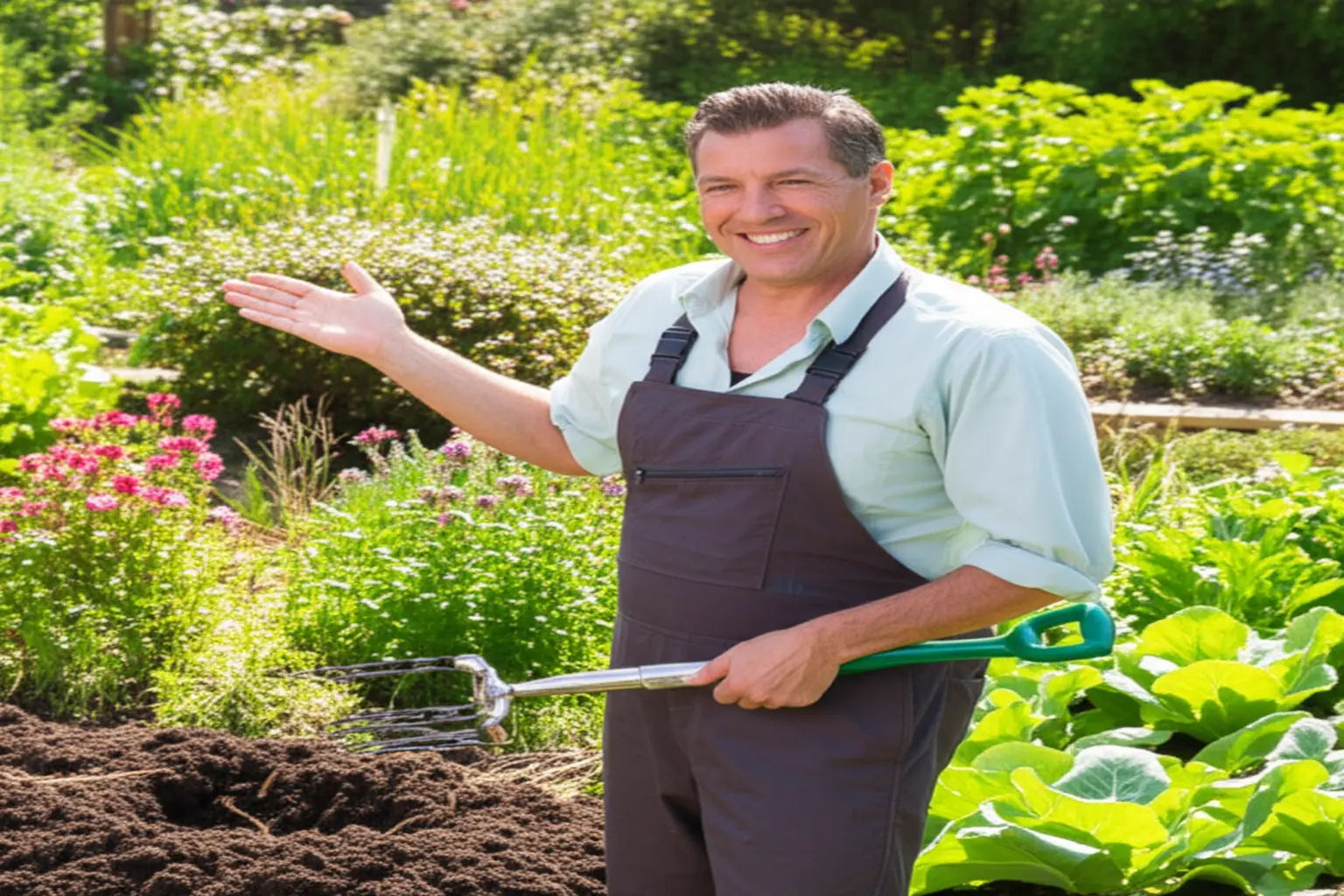
1. Understanding the Garden Fork: An Expert’s Perspective

2. Types of Garden Forks: Expert Classification and Use Cases
* Digging Fork: This is the workhorse. It features four or five thick, strong, slightly curved tines designed for breaking up compacted, clay, or rocky soil. Its robust build is perfect for heavy-duty tasks like aerating soil, turning compost piles, and digging up root vegetables.
* Border Fork: A smaller, lighter version of the digging fork, it typically has four thinner tines. It is ideal for working in tight spaces, such as established flower beds or between shrubs, where a larger fork would risk damaging plant roots.
* Spading Fork: This fork has flat-faced, sharp tines, making it distinct. It excels at lifting and turning over loosened soil, harvesting potatoes, and moving mulch or manure. For creating clean trench lines, however, one of the best garden spades 2025 is the superior tool.

3. Expert Reviews: The Best Garden Forks on the Market

4. How to Choose the Right Garden Fork: Expert Buying Guide

5. Expert Tips for Using and Maintaining Your Garden Fork
6. Frequently Asked Questions: Garden Fork Insights from the Experts
Conversely, for lighter, looser soils such as loam or sand, or for working in established beds, a border fork is a better choice. Its tines are typically thinner and more pointed, making it lighter and easier to maneuver for tasks like aerating soil, mixing in compost, or dividing perennials. For very fine soil work, especially in raised beds, many gardeners find that the best hand cultivators are an excellent supplementary tool for targeted aeration and weeding. Always clean your fork after use to prevent soil-borne diseases and rust.

